My investigation: bar and liquid soap - myths and reality
I never bothered with the question of choosing soap, out of habit I found my favorite bottle with a dispenser on the counter. But the last trip to the store changed a lot, because I went shopping with a friend. Paying attention to the bottles sent to the basket, she asked just one question: “Are you also afraid of bacteria sticking to the lumps?” At first I was taken aback. And then…
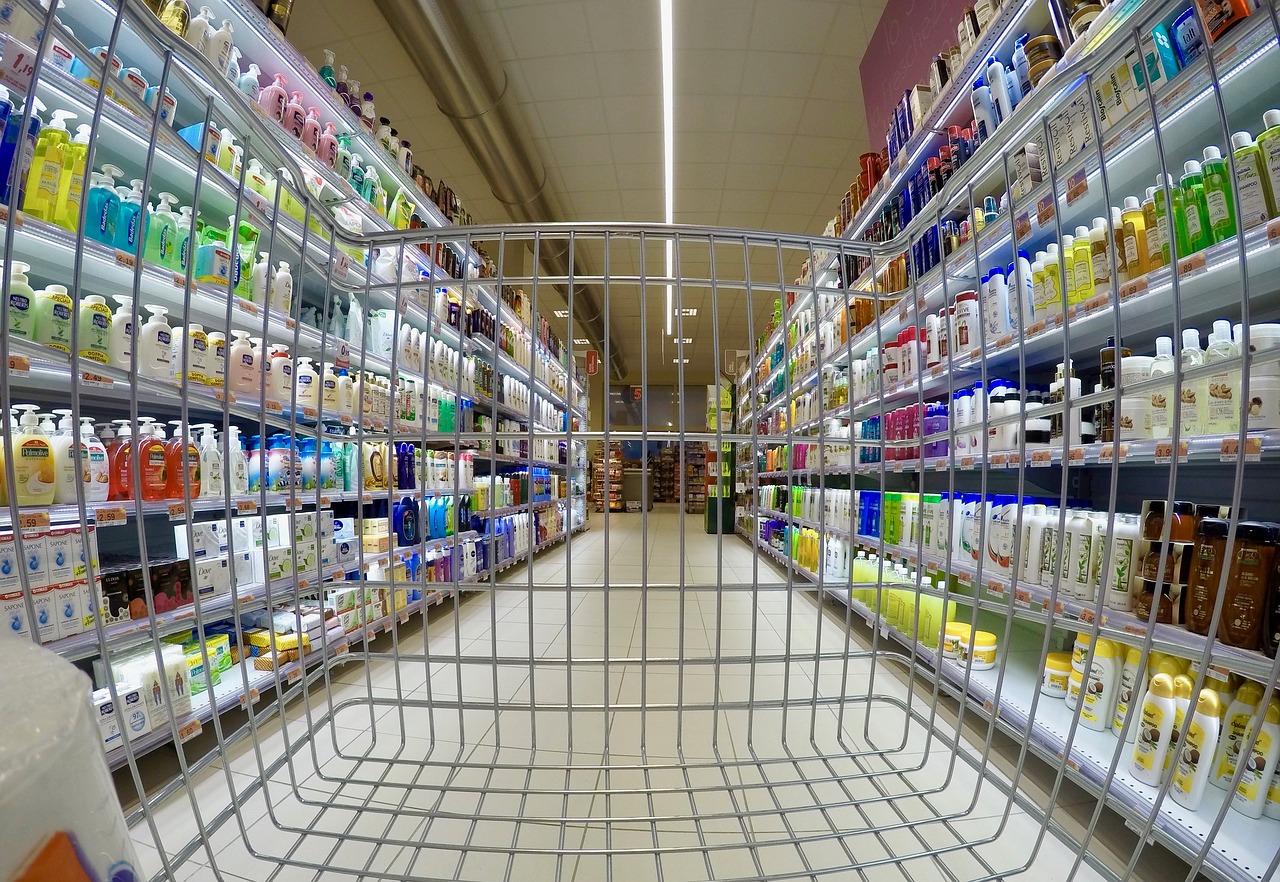
The content of the article
Amateur arguments for and against liquid soap
I’ll be honest: I’ve never thought about bacteria sticking to bar soap. I bought liquid only because it is more convenient. In response to this argument, I received an ironic chuckle from the opera “and how much are you willing to pay for convenience?” There’s nothing to cover here: the bottle with a dispenser is clearly not included with the product for free.
But honor must be upheld, so I pointed my finger towards liquid soap in bags, saying that you can buy it that way, pouring the contents into a bottle. And then another interesting statement was made: we spend about seven times less bar soap than liquid soap.
As expected in such a situation, I answered: “Who said it?”, after which I received an invitation to a cup of tea and an offer to continue the discussion at home, at the monitor.
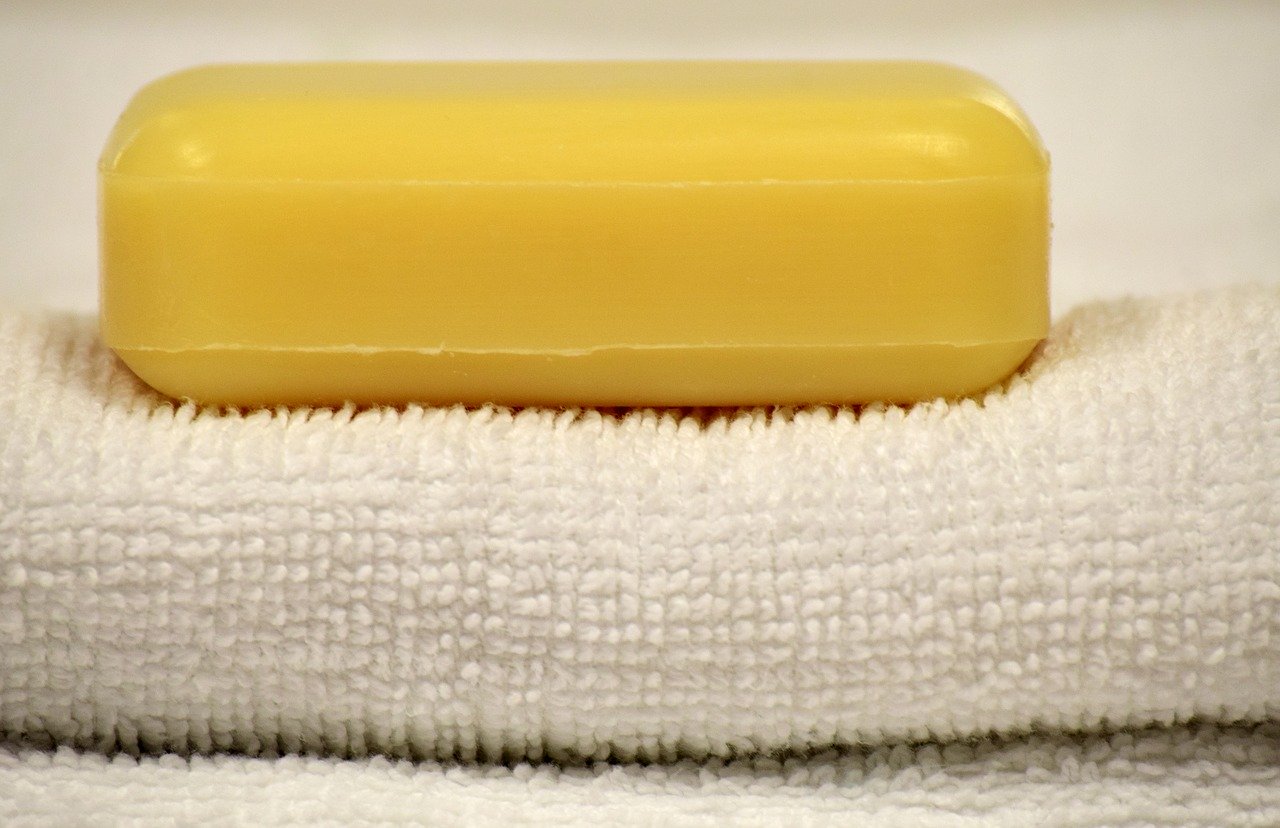
Scientists' opinions
So, returning to the issue of increased consumption. It turns out that even a full-fledged study was conducted on this point.It was carried out either by students or employees of the Swiss Higher Technical School in Zurich - Annette Köhler and Caroline Wildbolz. It was they who found out that When washing hands, a person on average spends about.35 g of solid soap and 2.3 g of liquid soap.
In practice, this is how it works out somewhere: 0.4-0.7 ml for one “spray” of the dispenser, which, out of habit, is pressed 2-3 times, because one portion is not enough. Therefore, convenient bottles also lost this round. But the excitement hasn’t gone away, and so we “go” further - what’s with the bacteria on the bars?
This answer comes to us from America, where the myth about bacteria breeding on the surface of bar soap is very popular (according to a report by the Mintel research group, in 2016, 60% of respondents aged 18 to 24 were confident in this, and 31% of those aged over 65 years old).
So, it was not possible to find out whether bacteria multiply on the bar. And here the possibility of disease transmission through hand washing with the same bar of soap has been tested many times. What interested me most were the research results that were published in the New York Times magazine.
The first of them was held in 1965. The hands of one of the participants were infected with bacteria, and after he washed them with soap, the used bar was passed on to another test subject, who also washed his hands. Result: the strains of bacteria used were not found on the hands of the experiment participants.
The second study was conducted in 1988. This time, the bacteria settled on the bar itself, which was then used by the participants in the experiment. The result is the same: Diseases are not transmitted this way.
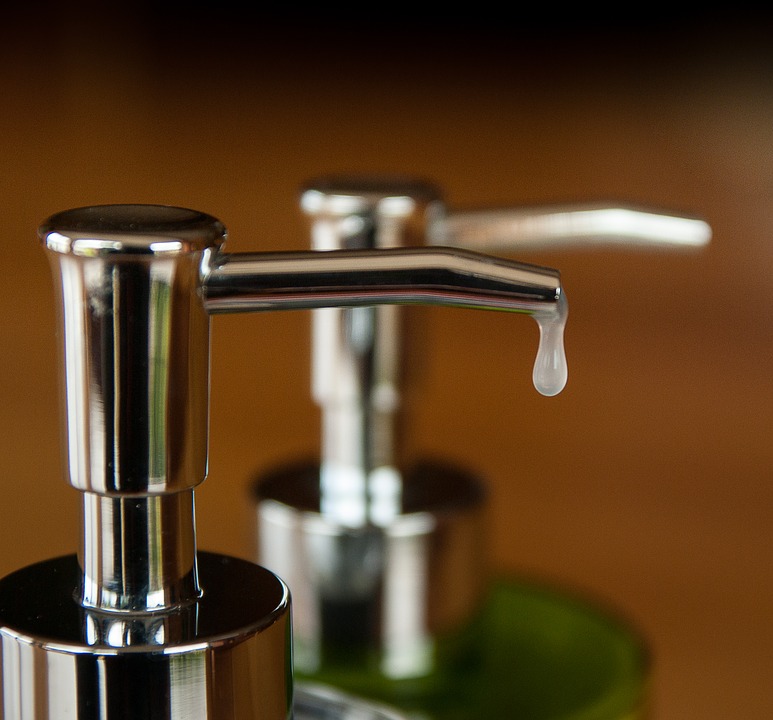
What do the doctors say?
Old research is good.But what about the new ones? To be sure, I went straight to the official WHO website (it’s not for nothing that this organization recommends washing your hands with soap in any unclear situation - they probably know something). So, I didn’t find anything there about choosing soap. Nothing at all. A search for information on the Centers for Disease Control and Prevention website yielded a similar result.
What do our doctors say about “which is better”? The same play - viruses and bacteria can linger on the soap itself (and under certain conditions they manage to penetrate into the liquid), but in the process of using this product, pathogenic microorganisms “miraculously” disappear.
This "miracle" happens because soap does not destroy viruses and bacteria, but washes them away. When you first lather, it binds contaminants located on the surface of the skin. By thoroughly rubbing wet skin with foam, we help the active ingredients cope with this task.
But the second soaping allows you to get rid of pathogens that have settled in the pores - after 10-15 seconds of intensive treatment and contact with water, they expand, due to which the foam penetrates inside and washes out the remaining “living creatures”.
True, washing your hands too thoroughly also leads to negative effects. The fact is that with frequent use, soap can destroy the lipid barrier that ensures skin integrity. The result of such exposure is defenseless intercellular spaces into which pathogens can “leak.” With this in mind, another question arose.
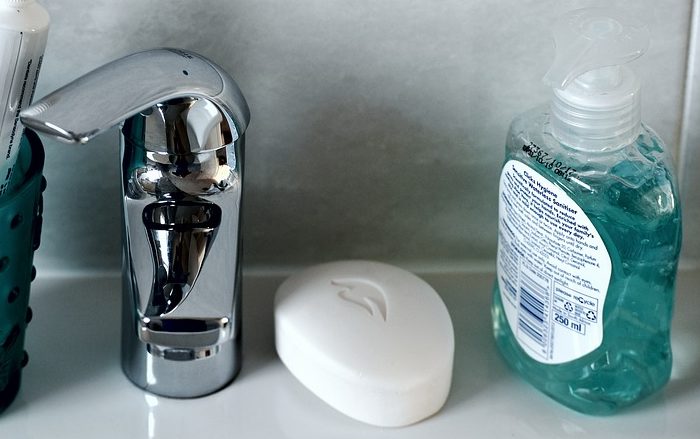
Are there any differences in composition?
Water, fragrances, dyes, skin softening agents - all this is found in both liquid and bar soap.True, the first one usually contains a larger number of items, a couple of which can be assigned to synthetic surfactants. And such surfactants can also be found in bars if the manufacturer strives to please consumers with abundant foam.
The only significant difference that emerges upon careful examination of the composition is sodium stearate in bar soap and potassium stearate in liquid soap.. But these components also have approximately the same effect on the skin. Does this mean that it is almost useless to look for arguments “for” and “against” in the composition?
My opponent gave the answer: The pH of liquid soap is close to neutral (5.5), but a bar cannot boast of this property (its pH is usually closer to 7). This difference becomes possible due to the amount of synthetic surfactants and other additives, which are always more in a liquid solution.
This means that solid soap does not allow bacteria to relax - they cannot feel normal in an alkaline environment. True, for the same reason, the bar causes more serious damage to the lipid layer of the skin, which in turn entails a weakening of natural protection and dryness.
But this also explains the presence of preservatives in liquid soap - they are needed to prevent the proliferation of microorganisms in the treasured bottle. And these preservatives can irritate sensitive skin and cause allergies. In addition, these substances, like synthetic surfactants, cause more harm to the environment than high-molecular-weight vegetable and animal fats saponified with caustic, which form the basis of bar soap.
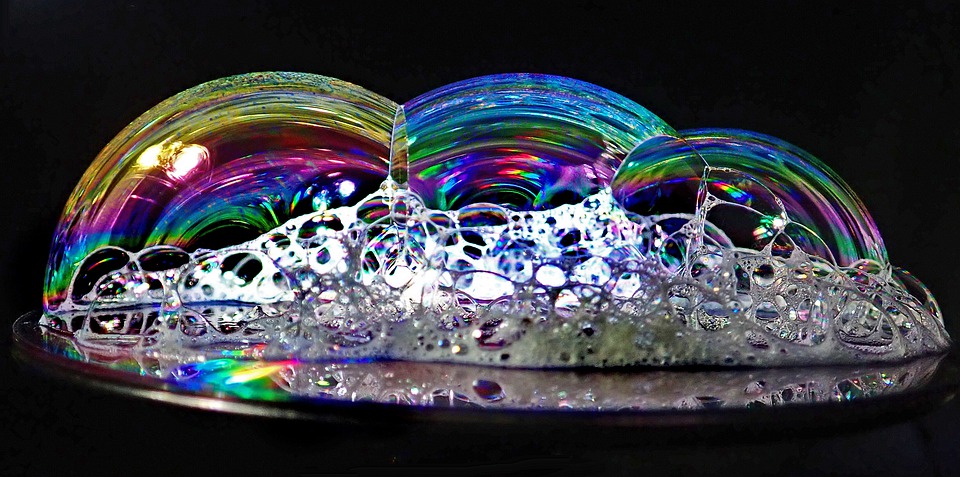
Result: almost a draw again. It turns out that The choice between liquid and bar soap is a purely individual matter.. The first option is more suitable for those who are willing to pay for convenience, but are not too concerned about the environment. The second helps save money, causes less harm to the environment, but cannot boast of a gentle effect on the skin.
On this cheerful note, my friend and I parted ways, each remaining with her own opinion. But I'm interested to know what you think about this. Which soap is better: liquid or bar?





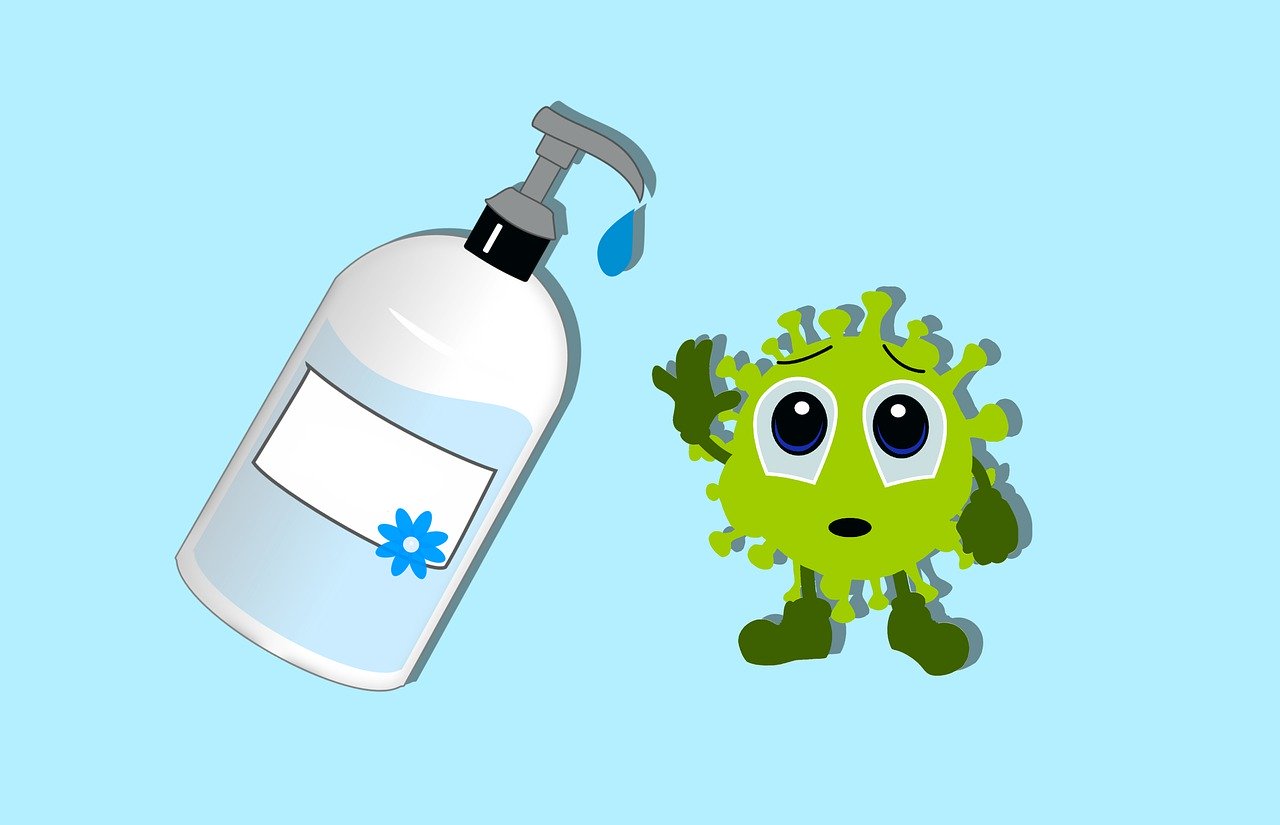
I prefer bar soap. Liquid, in my opinion, is much more difficult to wash off. This means you need to wash your hands longer and spend more water.